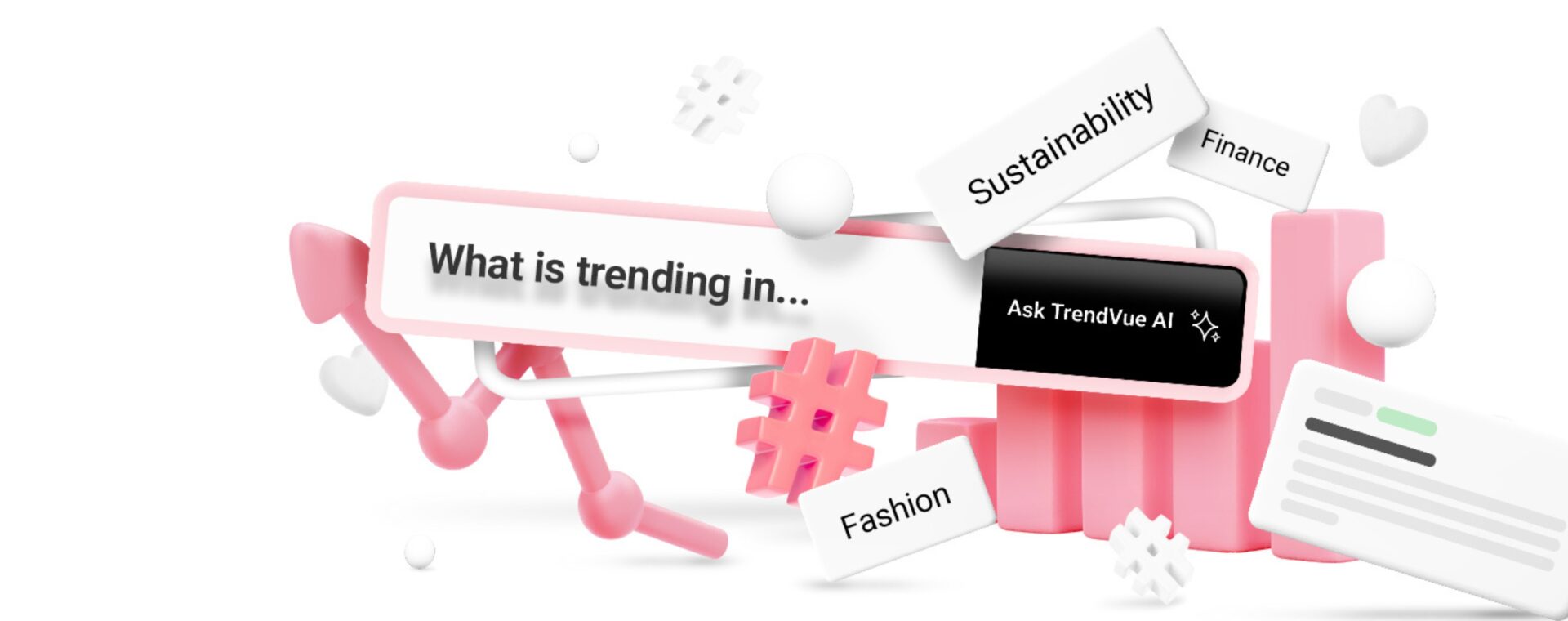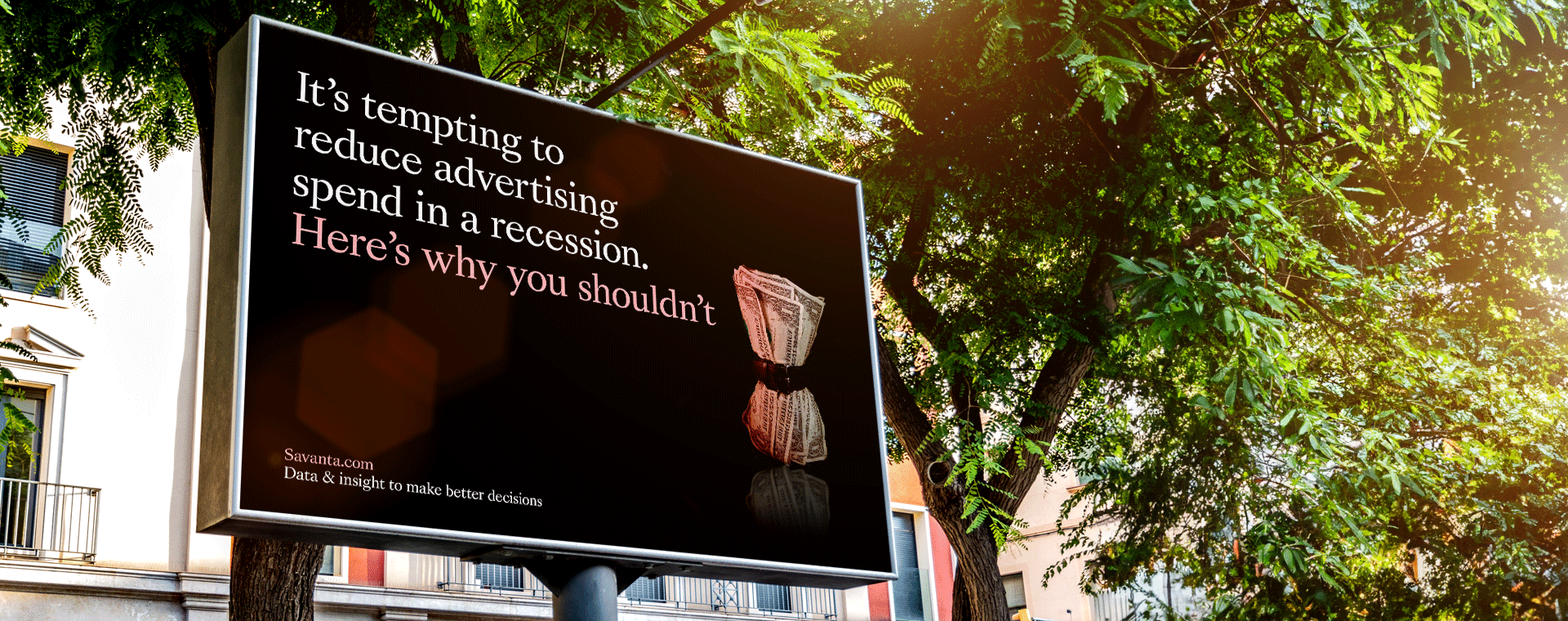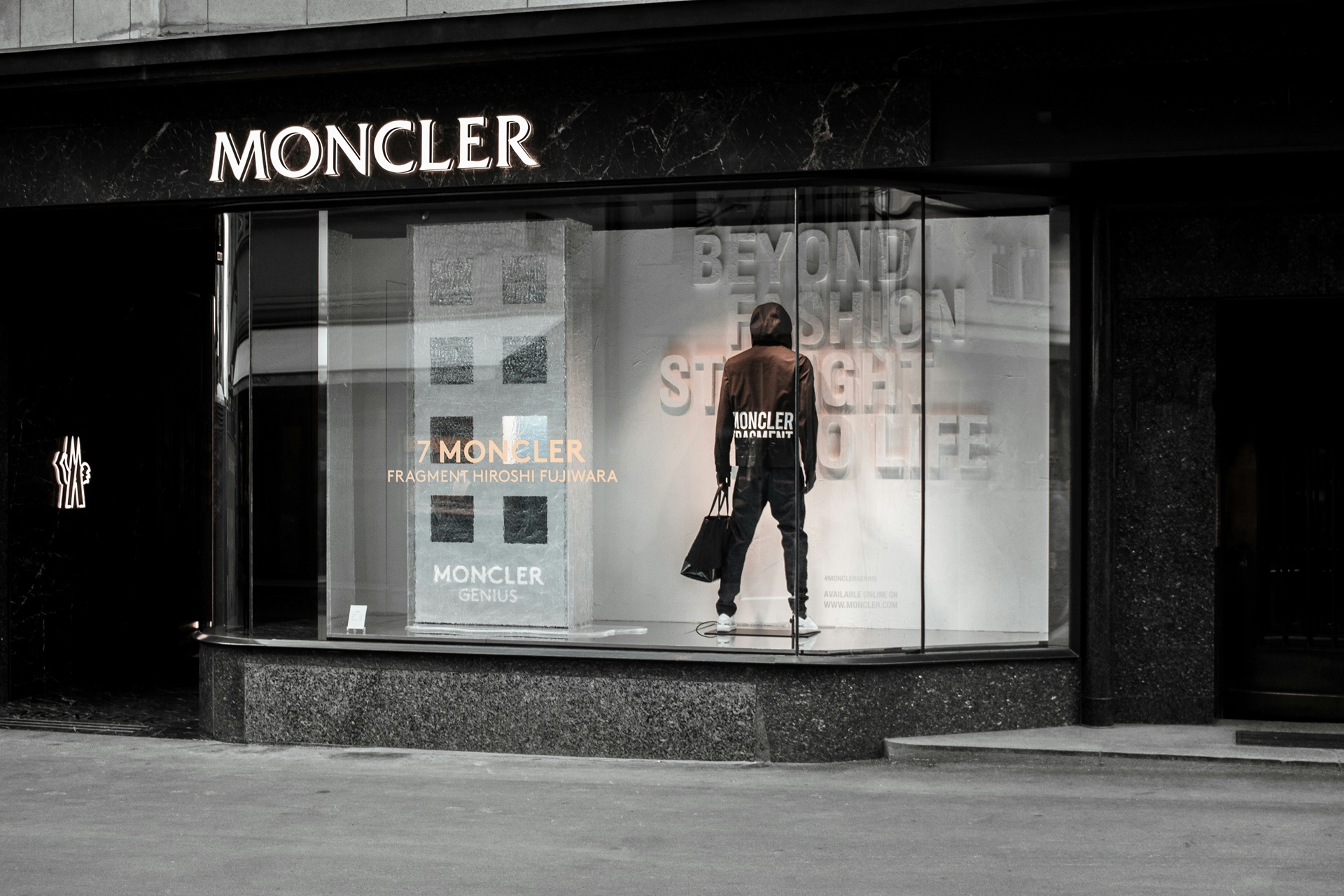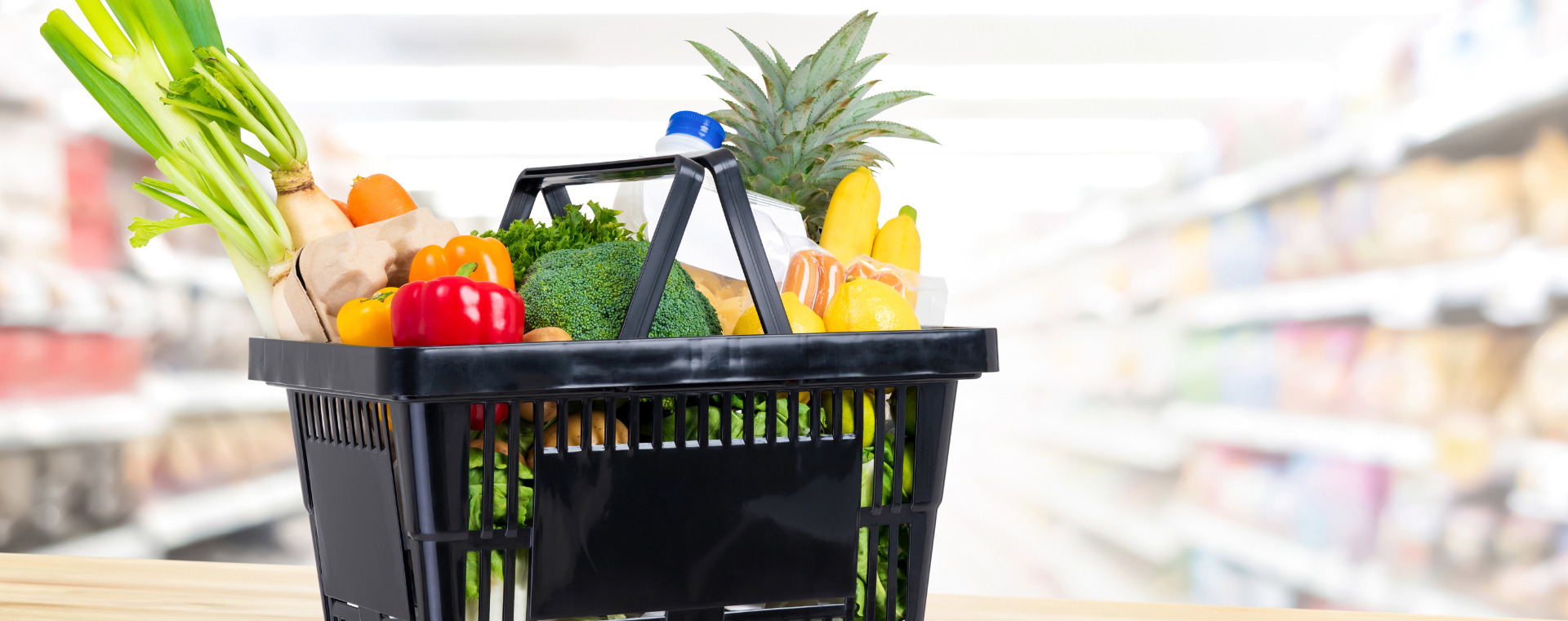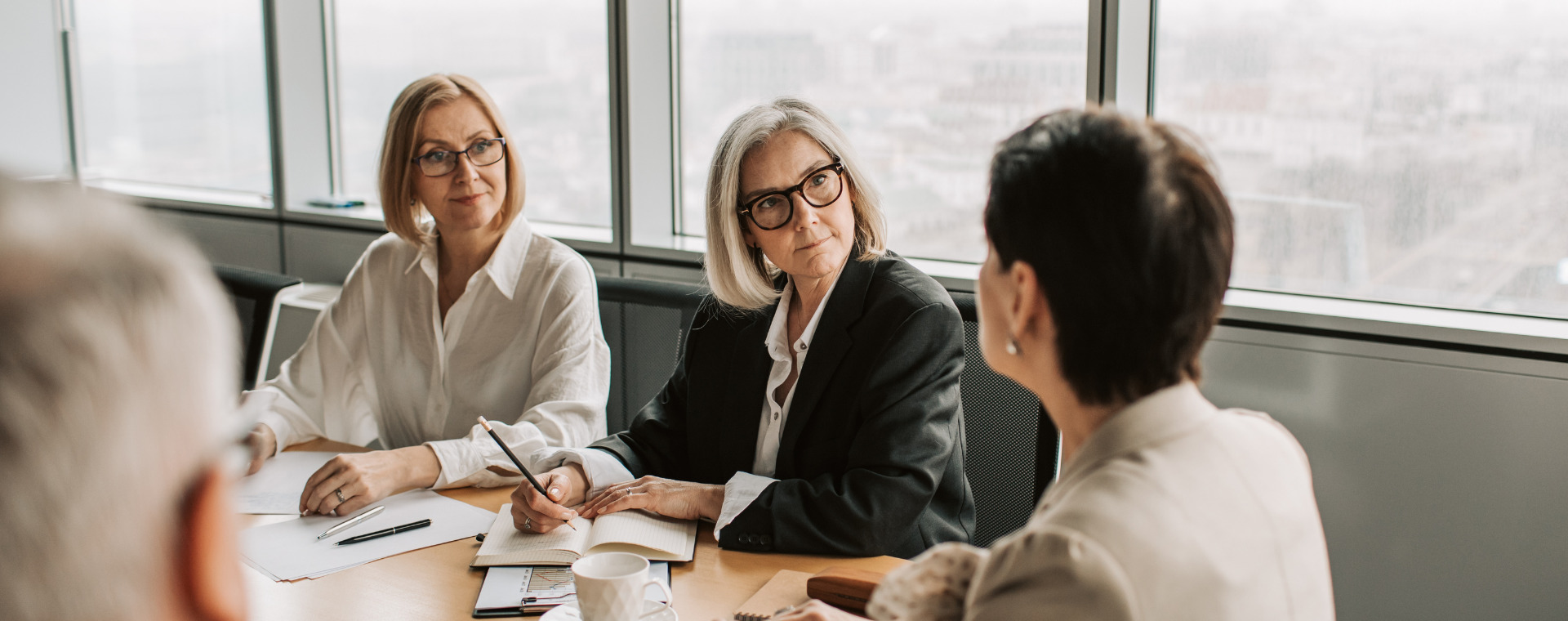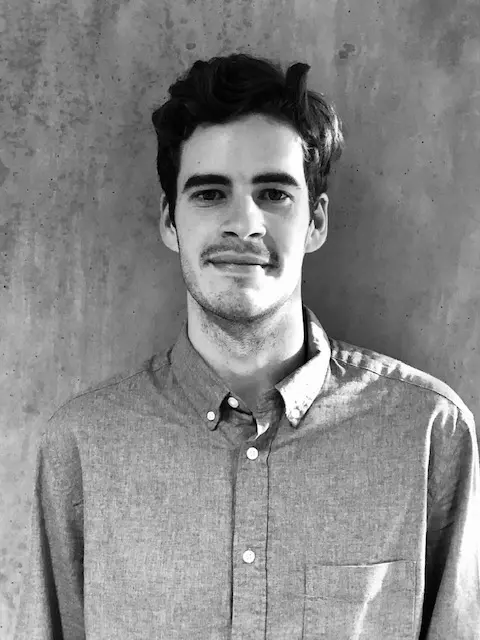
And what comes next for the world of premium?
As the world continues to suffer the effects of coronavirus, luxury brands are feeling the negative impact of lockdowns. Many brands have embraced the opportunity to help where they can, and perhaps stay at the top of their customers’ minds. But will this guarantee success in a post-lockdown environment?
Industry experts have predicted a potential 35% fall in all luxury sales for 2020
The luxury industry has been one of the worst hit by the ongoing coronavirus pandemic, feeling the effects of store closures across the globe from China, to Europe and the US. Due to the sector’s reliance on in-store experiences and purchases, this has led to factory closures, furloughs, and the question of whether luxury purchasing will return when the world returns to its new normal. It’s not surprising that industry experts have predicted a potential 35% fall in all luxury sales for 2020.
How have luxury brands responded to the lockdown?
To combat this, brands that have previously relied on in-person sales have had to embrace digital. Patek Philippe has, for the first time, authorised online sales of its watches, highlighting how the pandemic has accelerated an emerging trend in the sector. However, even brands at the forefront of the digital experience have had to react to warehouse closures. Net-a-Porter has put its delivery vans to use by partnering with charities across Europe to help deliver food and medicine to vulnerable communities.
Furthermore, many luxury brands are using this fall in demand to utilise their capacity and show that they can be a force for good by using extra capacity in their factories, supply chains, and delivery networks to provide support to those in need across the globe.
Luxury conglomerates LVMH and Kering – headquartered in France, one of the worst hit countries in the world – have aided the response by supplying millions of facemasks to health workers as well as the public. They produced protective equipment themselves or used their extensive networks to purchase masks from across the globe and deliver them to those most in need. Make-up production factories have also been used to produce hand sanitiser and, in the UK, Burberry has followed suit by repurposing its factories to create surgical masks and gowns for healthcare workers.
The luxury travel sector has been most affected by the pandemic, with Savanta’s MillionaireVue data showing that more than half of UK and US millionaires avoiding any international travel in March, even before government lockdowns were imposed. As a result, luxury hotels — such as Claridge’s in London’s Mayfair — have offered their otherwise empty rooms to health workers who need to socially-distance from their families as they work on the frontline.
What’s next for luxury?
Our MillionaireVue data shows that on balance, HNWIs in the US still intend to spend more on luxury products over the next 12 months compared with the previous 12 months (+5% on jewellery & watches, +9% on leather goods, and +12% on fashion accessories). Many may question the place and value of luxury brands when the dust settles, but if luxury brands can demonstrate they have a positive impact and care about their customers, could this encourage customers to continue spending as the world adapts to a new normal?
Due to our extensive experience in the sector, Savanta can help brands understand what their customers value following lockdowns, advise them on emerging industry trends that should be embraced, as well as traditions that may no longer be relevant. While positive actions during the pandemic may have kept brands at the top of their customers’ minds, they will need to adapt to progress in the new normal.
Get in touch to find out more about our wealth research

